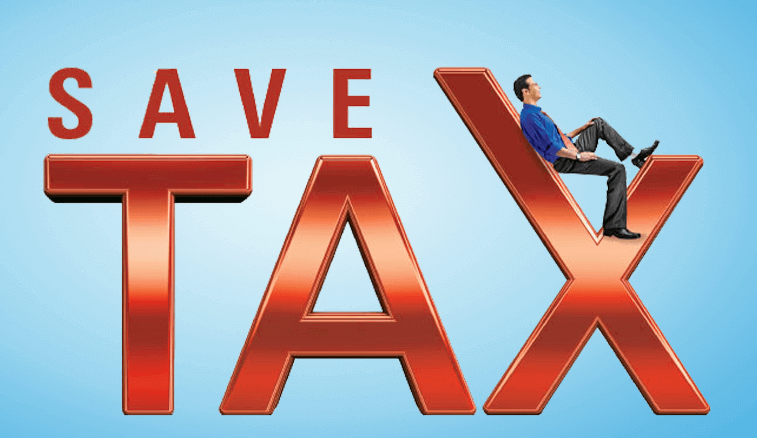Five things You Need to Know About Tax Saving Mutual Funds

As we enter the last month of the Fiscal Year, there’s bound to be an increased interest in tax saving investments. One such investment avenue which helps you save taxes under Section 80C is a tax saving mutual fund, or ELSS (Equity Linked Savings Scheme). If you’re thinking about investing into a tax saving mutual fund this year, here are five things for you to keep in mind.
They are High Risk, High Return in Nature
Unlike traditional tax saving avenues such as endowment insurance, tax saving fixed deposits or PF’s, tax saving mutual funds are high risk, high return in nature, since they invest into equities. For this reason, they have the potential to outpace inflation and assist you in creating wealth in the long run. However, in the short run, tax saving mutual funds can be volatile.
For Best Results, You Should Plan Ahead
Instead of investing all their requisite moneys in one shot at the end of the fiscal year, investors should ideally plan ahead and start SIP’s (Systematic Investment Plans) in tax saving mutual funds at the start of the year. This will help them significantly reduce the risks associated with their ELSS investments. Additionally, investors who start SIP’s in tax saving mutual funds early on in the financial year will be able to avoid the last-minute scramble to put together investible fund at short notice, at the end of the financial year.
You Should Look Beyond the Three-Year Lock-in
Although tax saving mutual funds have a lock in period of three years, it’s important to note that any equity-oriented investment works best when its invested into for at least five to seven years. In fact, an analysis of returns over the last 5 or 10 years shows that these schemes are better than pure large-cap funds on a risk-adjusted return basis.
Going for the Growth Option Makes More Sense
With the recent budget proposing a tax of 10% on equity mutual fund dividends, it makes more sense for investors to select the growth option while investing into tax saving mutual funds. Doing so will result in more tax efficient returns, and also allow your corpus to compound over the long term, resulting in a larger quantum of wealth creation.
You’ll Likely Not Get a Loan Against Your Tax Saving Mutual Fund Units
Most lenders will not offer you a loan against your tax saving mutual fund units, unless their mandates lock in period is over. Neither will you have interim options to redeem your moneys, either fully or partially. For this reason, you need to be very sure that you’re OK with zero liquidity from your ELSS funds for three years. Having said that, its also worth noting that tax saving mutual funds have the shortest liquidity period amongst all available options.
Your Investing Experts
Relevant Articles
The Power of Compounding: How Small Investments Turn into Big Wealth
Compounding is the single most powerful force behind long-term wealth creation. It rewards patience, discipline, and consistency more than any short-term strategy ever can. If you want your investments to grow exponentially instead of linearly, compounding must be at the centre of your approach.
Regular Savings Plan: A Balanced Approach to Stability and Growth
Not every investment in a portfolio is meant to maximise returns. Some are meant to preserve capital, manage volatility, and provide predictability. A regular savings plan serves exactly this role. It is designed for investors who want a more measured approach where stability takes priority, and growth plays a supporting role rather than the lead.
From Coffee to Crorepati: Small Lifestyle Tweaks Gen Z Can Make to Start Investing Early
Gen Z is often told to “stop buying coffee” if they want to invest. But that misses the point. Building wealth isn’t about sacrificing everything you enjoy. It’s about understanding how small, everyday decisions shape long-term habits. Starting early even with modest amounts can quietly make a meaningful difference over time.
.png)


.png)